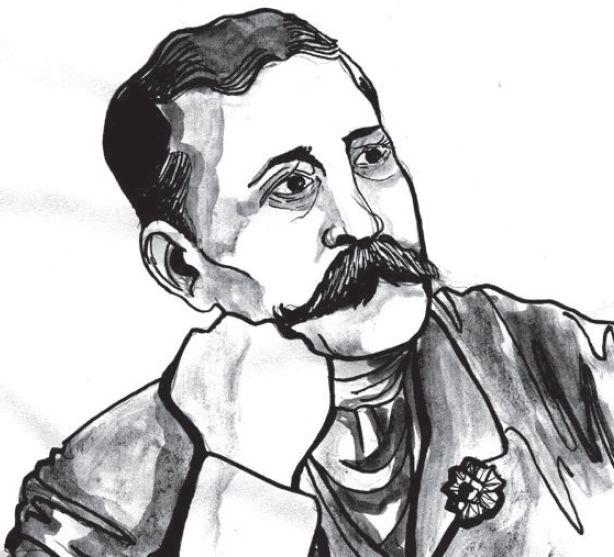The latter half of the 19 century in the port city of Madras found Colonel Kenney-Herbert, an Englishman serving in the British Indian Army, extremely annoyed.
Despite having scoured through various books, an adequate cooking guide for the average Englishman in India simply could not be found. Wasting no further time, he produced Culinary Jotting for Madras, a ‘treatise in thirty chapters on reformed cookery for Anglo-Indian exiles’, under the pen name ‘Wyvern’.
In 1878, Higginbothams published the first edition of the book traversing 30 dinners of multiple-course meals.
While Wyvern’s love for English cuisine was unquestionable, the dependence on tinned foods was something he particularly despised. This meant introducing new garden habits or using local ingredients in ingenious ways to suit the Victorian palate.
Vikram Doctor, a food writer, says, “I was so surprised to learn that Jerusalem artichokes were grown in Chetpet around 140 years ago! Topinambours a la Chetput was one of his signature dishes.”
However, Wyvern was not the first to conceive of a recipe book dedicated to serve expatriate Britishers in India. An anonymous ‘Old Lady-Resident’, it appears, beat him to it with The Madras Cookery Book, a bilingual in English and Tamil published in 1877.
Beatrix D’ Souza, former MP and an old-time Anglo-Indian resident of the city, confesses that some of the dishes mentioned in these cookbooks are still made by many in the community. “Madras qurma, bully beef, and masala chops are all dishes typical of both our community and the city,” she says.
The famous Railway Running Room recipes, a treasure the community prides itself on, boasts of delicacies such as mutton breast bake, head bake, and kutti pi (made of the unborn kid in the goat’s womb). These were made by cooks stationed in running rooms, for engine drivers who halted to rest en route to various destinations.
Dr. D’Souza, who is now over 75, emphasises that tinned meat and sardines from Spencers on Mount Road, fish patties, and specially-made ding ding (marinated dried meat) for long journeys were other staples that people of the community consumed.
Be it fish curry or the Brightons pudding, the Anglo-Indian cuisine in Madras seems to have not merely fused the best of two worlds, but also made it its own.
source: http://www.thehindu.com / The Hindu / Home> News> Cities> Chennai> Madras 375 / by Nitya Menon / Chennai – August 10th, 2014
